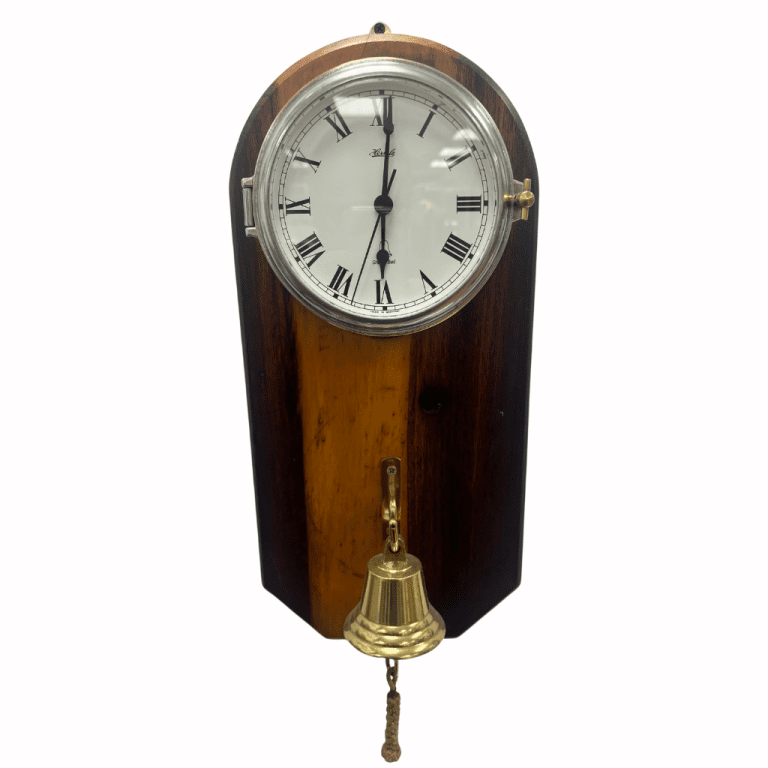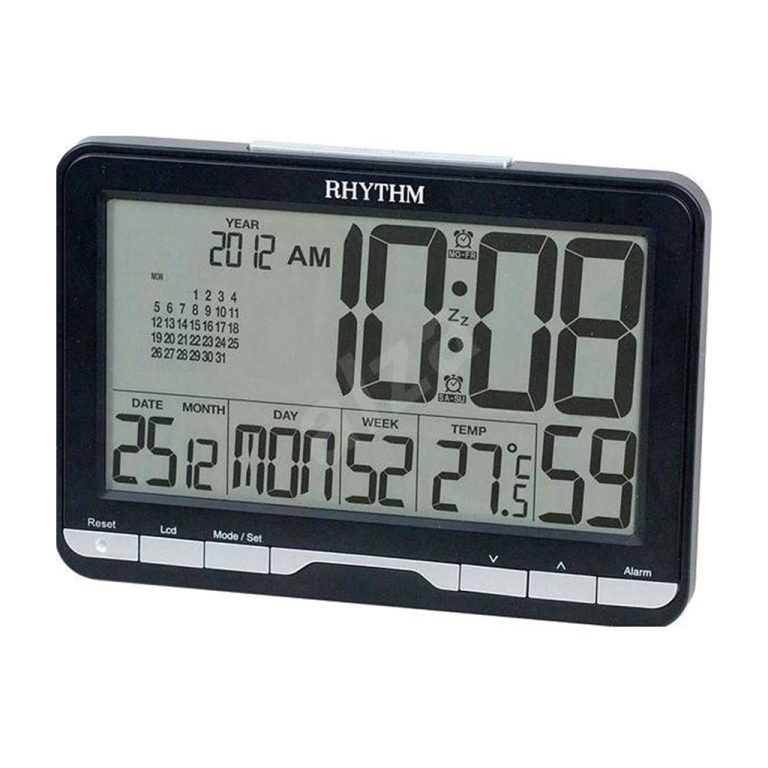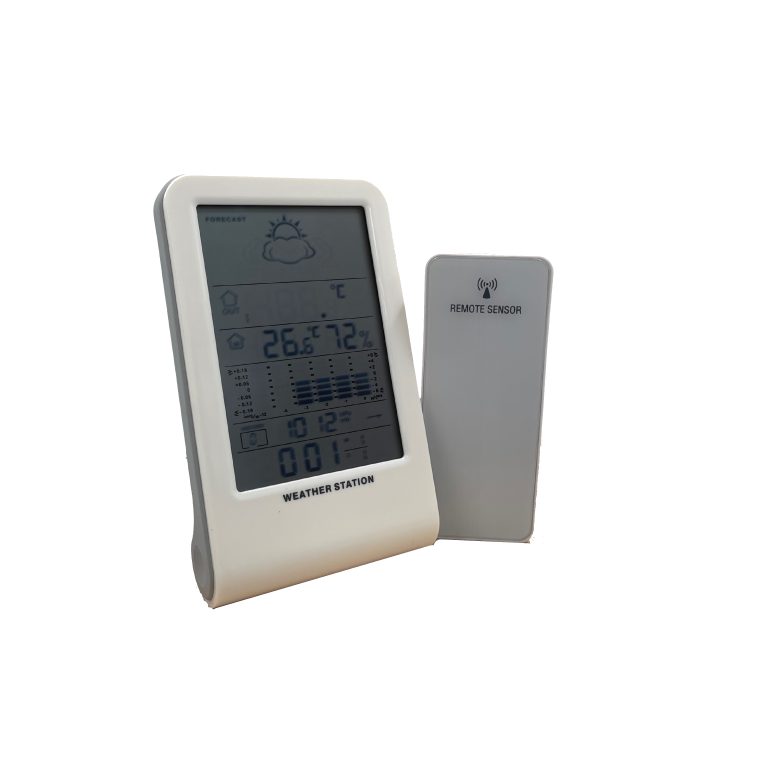Every month here at the clock shop, we receive numerous battery clocks for repair. While we are happy to repair your family clock and make it as good as new (or better!), we also want to make sure that our customers know the correct way to operate their clocks to ensure longer life. Unfortunately, many, if not most, of the battery clocks we take in for repair have been damaged by the clock owner by accident!
The most common problem we see is battery acid. Did you know that a battery can still be working and running your timepiece while, inside the clock, it is leaking acid? This is why we recommend changing your battery twice a year. And since you will be taking your clock off the wall to reset it every daylight savings time, that is the time we recommend for you to go ahead and also put in a fresh new battery.
Also, be aware of how long your “new” batteries have been waiting on a shelf for use! Batteries do not do well if they are stored for many months, even without any use at all. It takes more power than you might think to run your family clock! When a battery leaks acid, the corrosion very quickly turns to rust on the battery terminals, and acid also wicks up the electric wires and into your clock mechanism where we cannot reach it to clean it out. Sometimes a whole new movement must be installed, and there are some clocks that do not have replacement parts available!
The second most common problem we see (that is fatal to your battery clock mechanism) is manually moving the hands of your clock! Instead of spinning the knob on the back of the clock mechanism, many of our customers have moved the hands of their clock and, in so doing, have eventually broken the little gears inside of their clock mechanism. 99% of battery clocks have a set knob on the back. When the knob is turned, the gears inside of your clock spin, and your clock’s hands move. Always go from gear to hand! Moving the hands to move the gears inside will put too much strain on the fragile mechanism, and eventually your clock will break.
Please note: some battery clocks are also not designed for the hands to be moved backwards. To be on the safe side, we recommend that you only move the hands clockwise when setting the time.
Credited to:https://tulsaclocks.com/














